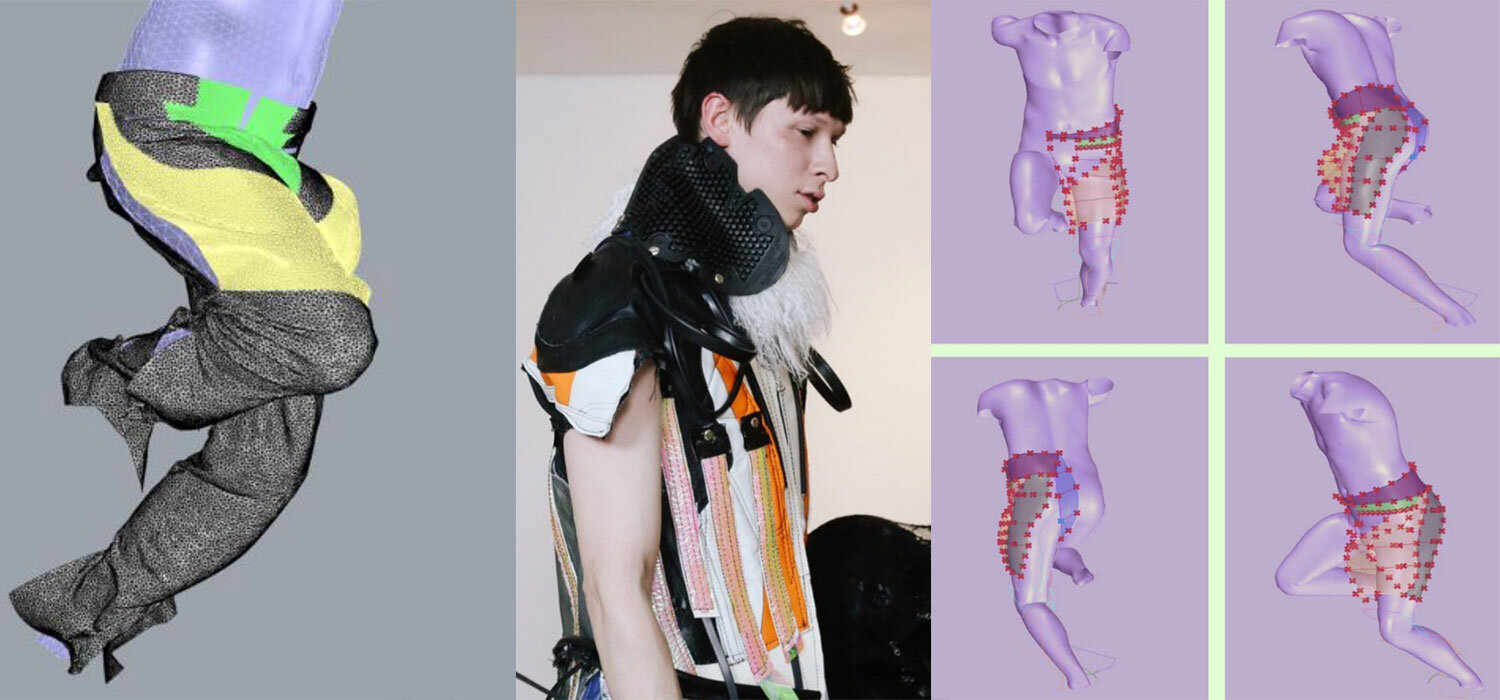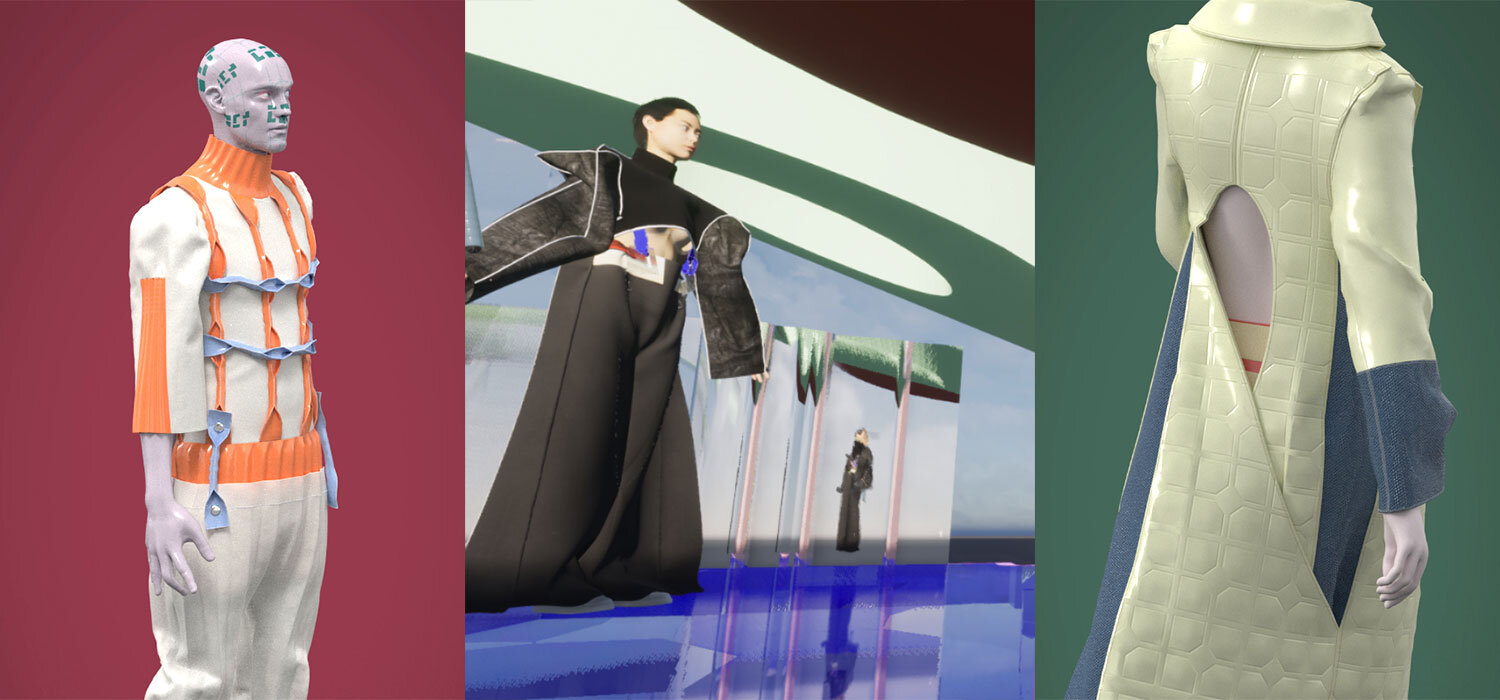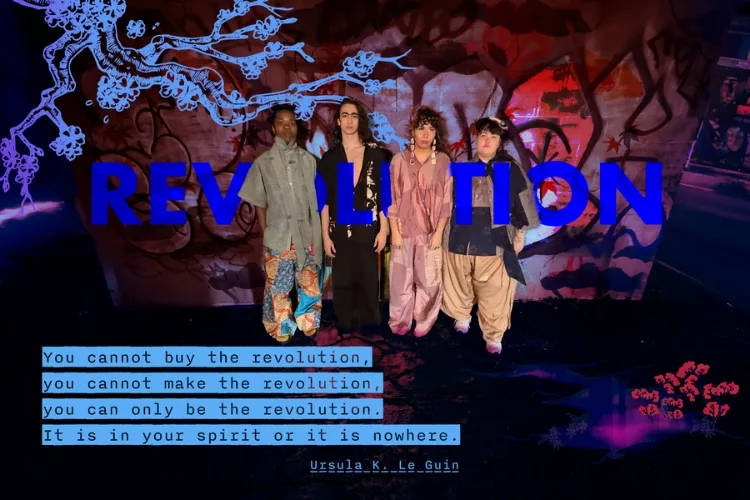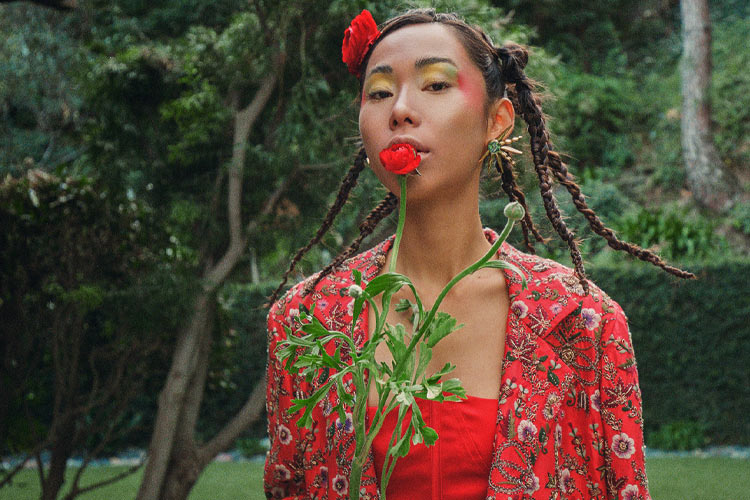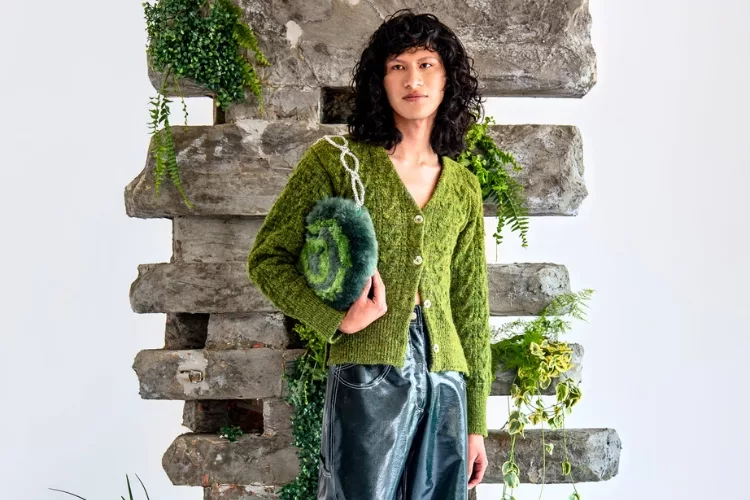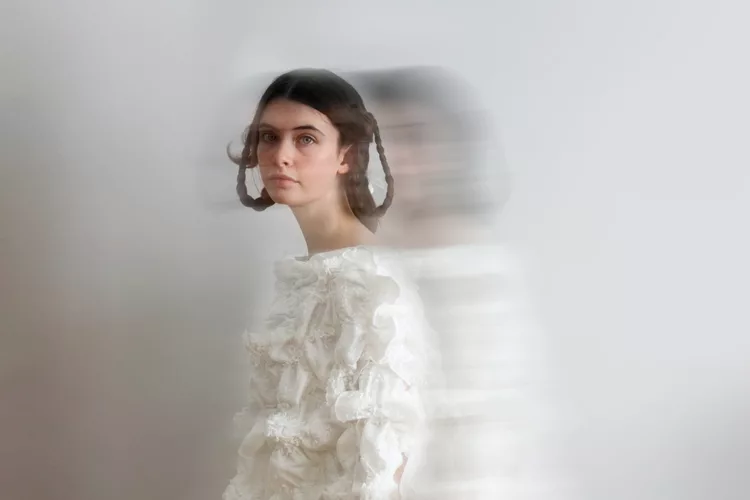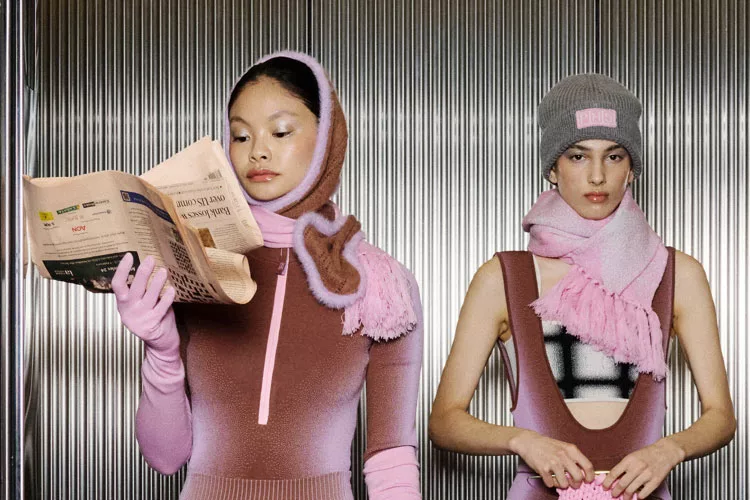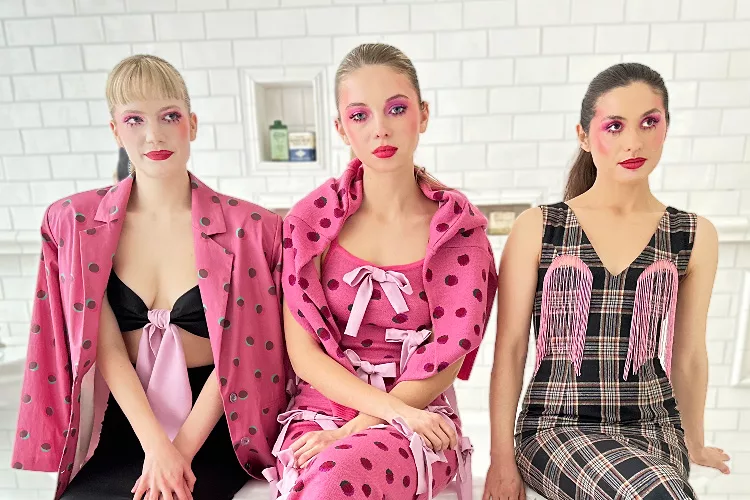As COVID-19 accelerates us towards a virtual future what will become of fashion as we know it? 2020 gave us glimpses of fashion’s future in Balenciaga’s interactive video game and Anna Sui’s Animal Crossing runway show. WGSN speculates that by 2023 we will become drawn to post-humanist ideology, cyborg creations and metaverse immersion. What can this imply about the designers of 2021 and the careers ahead of them? Here’s some fashion creators that are taking strides towards the future of fashion.
Accidental Cutting
Dr. Eva Iszoro is an architect and designer behind the Spain based brand Accidental Cutting. According to the Accidental Cutting official site “the main purpose of this fashion brand is the innovation and research in the field of experimental pattern cutting”. The brand acts on this purpose through virtual imagining and digital sculpting to conceptualize the experimental patterns. The Fall/Winter 2021 collection was presented on 3D rendered models to not waste fabrics, something the brand emphasizes throughout the design process. From unconventional pattern drafting to use of digital tools Accidental Cutting is methodical in limiting their fabric waste with unlimited creativity.
James T. Merry
James T. Merry is the British hand embroiderer who has been Bjork’s co-creative director since 2009. In recent years Merry’s most notable work are his sculptural decorative masks for Bjork. He translates his physical creations into virtual spheres by incorporating them into Instagram filters. Merry is as dedicated to detail in the 3D renderings as he is with tangible designs, seeing digital sculpture as an extension of reality. Anyone can “wear” his art with augmented reality as filters become like a digital dressing room.
Digitoile
Digitoile is a project started by recent Royal College of Arts graduate Kathy McGee to explore traditional bespoke tailoring with technology’s potential. The project uses 3D body scanning in the design process as an intimate mode of garment construction. McGee’s work is a study of action and movement while simulating how the body would respond. Digitoile replaces material waste with code and algorithm. According to Kathy McGee, Digitoile culminates “in a method which is more memorable for the customer as well as being more efficient in terms of prototyping, garment construction and material usage”.
Erika Wang
Erika Wang is an MFA candidate at the Fashion Institute of Technology who applies her background in architecture in her approach to imagining clothing. Erika Wang builds exhibition spaces to display fashion design models and motion graphics without physical limitations. Wang also explores digital draping techniques, textile surfaces and pattern manipulation through digital creativity. Through virtual softwares she explores artistic agency as she is the set designer, casting director and cinematographer of her own fashion shows.
Diana Canghizer
Graduating from the London College of Fashion last May, Diana Canghizer provides a glimpse into the intersection of tangible tradition and technology. Canghizer embraces the possibilities within CLO3D as a mode of conducting her own garment displays. Nature is integrated in her work from sculptures based on occurring patterns found in our own biological structure to using projected imagery as a means of surface design. Canghizer’s intensive research into novel design technology is integral to her practice. For her collection she poses the questions and harmonizes with the technology available to seek answers.
–Julia Yi



